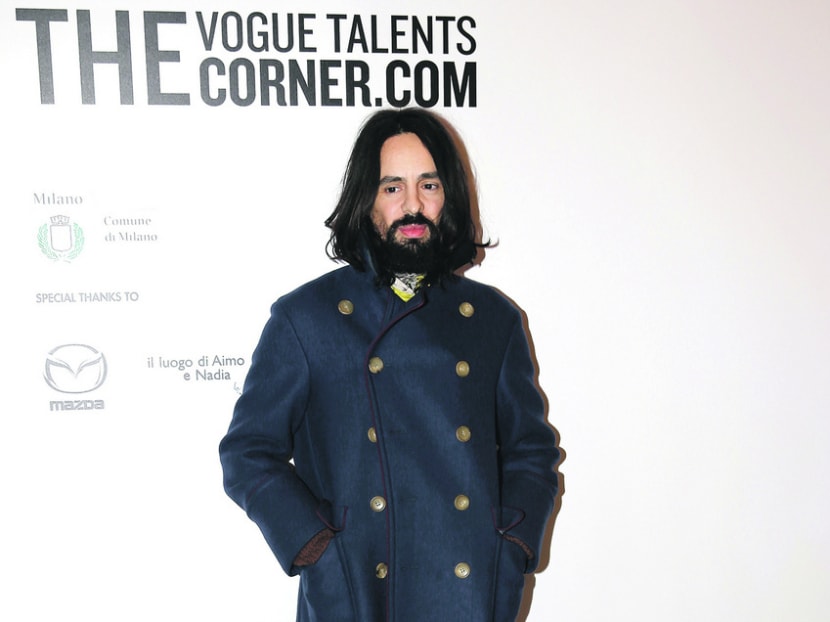Alessandro Michele: Rebuilding the Gucci ship
MILAN — Modern fashion houses spend millions trying to forge a strong, distinctive identity. Gucci attempted to jettison one. Ever since the start of Tom Ford’s turn as creative director there in the early 1990s, and through the reign of his two successors, the label has stood for a certain kind of louche luxury and decadent glamour.

Only time will tell if Alessandro Michele’s bold new direction will pay off. Photo: AP
MILAN — Modern fashion houses spend millions trying to forge a strong, distinctive identity. Gucci attempted to jettison one. Ever since the start of Tom Ford’s turn as creative director there in the early 1990s, and through the reign of his two successors, the label has stood for a certain kind of louche luxury and decadent glamour.
Under Frida Giannini, its creative head until a few months ago, Gucci became a super-tanker of Italian fashion, seemingly innured to Italy’s economic storms. But over-familiarity is the arch nemesis of a fashion label. The Gucci show at Milan Fashion Week, the first under its new creative director Alessandro Michele, suggested he was less about gently steering the tiller in a slightly different direction and more about completely rebuilding the ship.
Everything has changed. The catwalk, once a long sweep of shagpile, has become a twisty path made of industrial aluminium. The make-up — that smoky eye, slicked-back pony tail look that was so synonymous with the label it became known simply as “very Gucci” — has disappeared. In its place, a “no make-up make-up” that took, according to chief make-up artist Pat McGrath, 15 minutes. That’s no time at all in make-up land.
Most radical of all, the highly sexed Gucci vamp was replaced by a studious-looking geek (read: Someone wearing specs and sporting theatrically lank hair) who appears to be bi-gender.
“Sexuality is on the inside. It’s a private thing,” said Michele after the show. With his curtain of dark hair and statement necklace, Michele looked like a Renaissance rake, but one whose turn in the fashion spotlight could turn out to be benign. It was a collection of lovely clothes and the inspiration may (or may not) have been Margot Tenenbaum in Wes Anderson’s 2002 film The Royal Tenenbaums. There were Margot-esque fur coats worn with flat shoes, sheer chiffon voile blouses with pussy-bows and audacious colour mixes — saffron and raspberry — all of which, against the odds, worked. There were also belted brocade coats, pleated leather kilts, silky, piped pyjama trouser suits and “granny” knits, featuring stump embroidery — a technique in which stitches are overlaid to create a 3D effect of raised birds and flowers.
It could attract an entirely new customer for Gucci, and with Russian money (and tastes) less of a force than they have been, this is shrewd timing. Time will tell: While the fashion crowd adored it, they’re often hopeless at predicting what can really fly.
Still, Michele, who previously worked on Gucci’s accessories, is a clever operator. While the tone focused on eccentric luxury, there were enough nods to Gucci’s classic archives not to alienate existing fans. A pretty floral print, in the spirit of its popular Flora print (a favourite of Grace Kelly’s) ran rampant over dresses and trouser-suits, while the double-G logo adorned a slim, flat shoulder bag and reappeared on classic loafers, which on closer inspection weren’t classic at all, but backless and sprouting wild tufts of fur. Of course they were. THE DAILY TELEGRAPH





